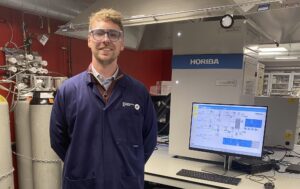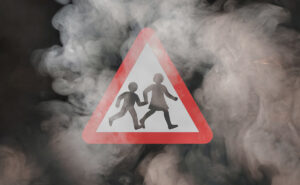A new scientific review has found that many of the air-cleaning and ventilation technologies being used to stop the spread of diseases like COVID-19 and flu have not been clearly proven to protect people in real life.
The review looked at almost 700 studies of indoor infection control measures such as air filters, ventilation systems and germ-killing lights. It found that most studies only measured whether such technologies reduced particles or microbes in the air, rather than if fewer people actually got ill.

Only a handful of studies looked at real health outcomes in humans and many of those were decades old. This means that, despite the popularity of these devices, there is still very little direct evidence showing that they reduce the spread of respiratory infections.
The researchers found that the most commonly studied methods were:
- UV light devices that kill germs (known as germicidal UV or GUV).
- HEPA filters that remove particles from the air.
- Improved ventilation to increase fresh air flow.
Newer technologies such as ionisers, plasma-based cleaners and special chemical coatings were also reviewed, but these are still in the early stages of research.
The review points out that very few studies checked for possible harms, like ozone gas that can be created by some ionisers and UV devices. Almost no studies looked at costs, long-term sustainability or whether some groups of people are affected more than others.
It was also found that many studies used stand-in measures such as synthetic particles or harmless microbes that don’t necessarily reflect what happens with real viruses like influenza or SARS-CoV-2.
The research points out that many of these devices are being sold to schools, offices, and families with promises of better protection while the science is not yet strong enough to prove how well they prevent actual illness.
The authors, from the University of Colorado Anschutz Medical Campus, conclude that: ‘Identifying the safest and most effective options will require assessing these technologies for toxic byproducts and evaluating them in real-world settings that include people.
‘Also, standardising how effectiveness and potential harms are measured will help inform evidence-based decisions about improving air quality in homes, schools, health care facilities and other indoor spaces.’
The full research can be read here.

















Leave a Reply